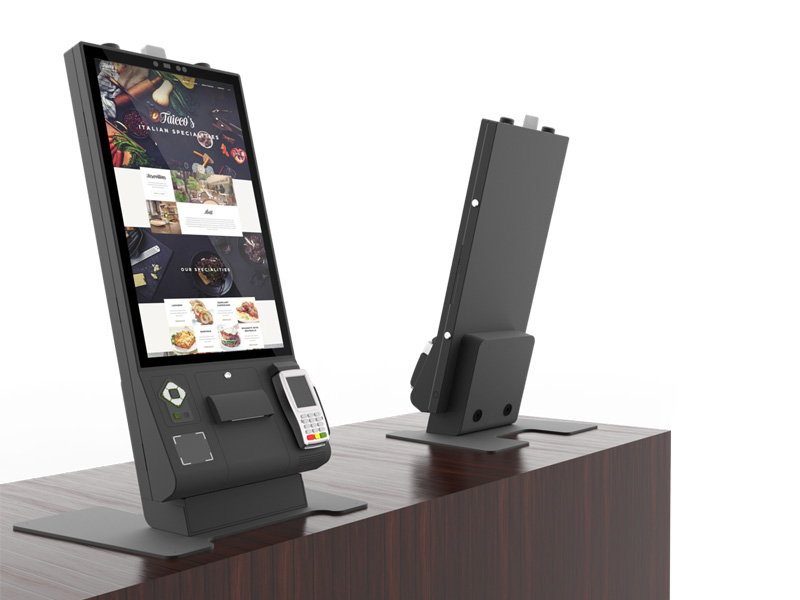
The Evolution and Impact of POS Terminals in Modern Commerce
In today’s fast-paced retail and service industries, Point of Sale (POS) terminals are the unsung heroes of seamless transactions. These systems do more than process payments—they transform how businesses operate, offering efficiency, insights, and enhanced customer experiences. This article explores the evolution, components, benefits, and future trends of POS terminals, underscoring their critical role in modern commerce.
What is a POS Terminal?
A POS terminal is the digital hub where a customer completes a purchase, whether in-store, online, or via mobile devices. It replaces traditional cash registers by integrating hardware and software to manage sales, inventory, and customer interactions, serving as the operational core for businesses.
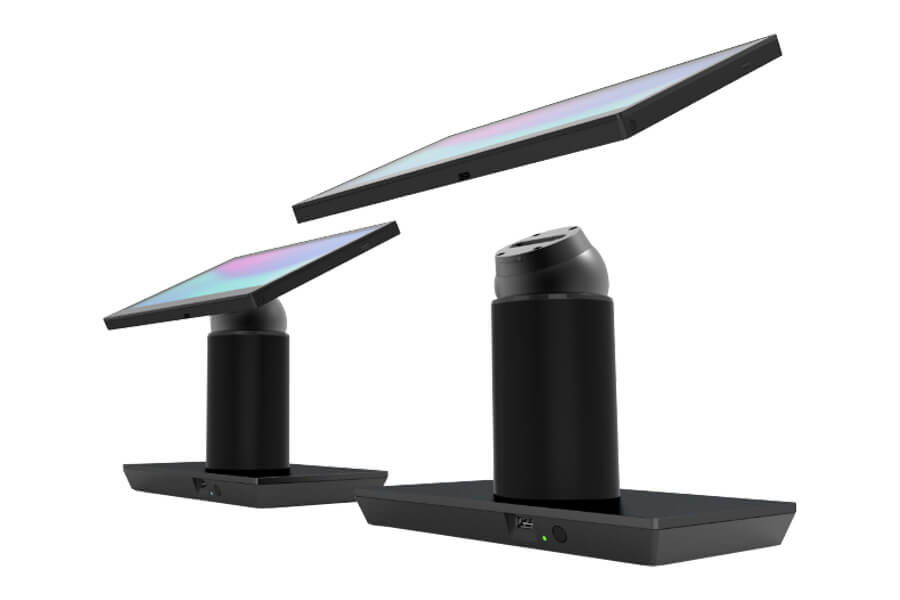
A Brief History
POS systems began with mechanical cash registers in the late 1800s, pioneered by James Ritty. The 1970s introduced electronic registers, and the 1990s saw PC-based systems with barcode scanners. Today, cloud-based POS terminals dominate, leveraging internet connectivity for real-time data access and Omni channel capabilities.

Key Components of a POS Terminal
- Hardware: Includes touchscreen monitors, card readers (supporting NFC, EMV, and magstripe), receipt printers, barcode scanners, and cash drawers. Mobile variants use tablets or smartphones.
- Software: Manages transactions, inventory, sales analytics, and CRM tools. Modern systems integrate with accounting software (e.g., QuickBooks) and e-commerce platforms (e.g., Shopify).
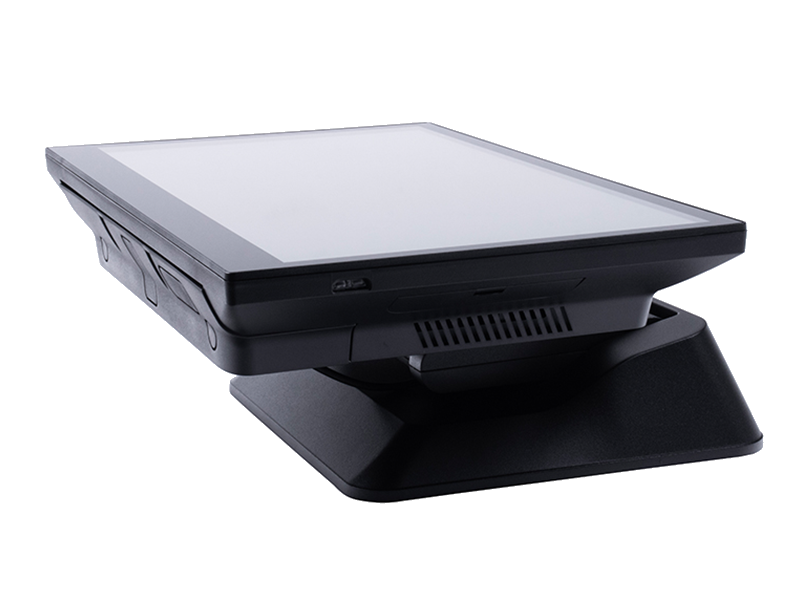
Benefits of POS Terminals
Efficiency: Accelerates checkout processes and reduces manual errors.
Inventory Management: Tracks stock levels in real time, alerting businesses to reorder products.
Customer Insights: Captures purchase data for personalized marketing and loyalty programs.
Security: Encrypts payment data, adhering to PCI-DSS standards to prevent fraud.
Multi-Channel Sales: Syncs online and offline sales, ideal for businesses with e-commerce platforms.
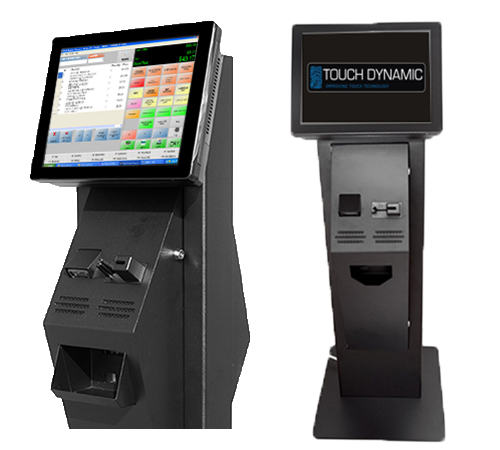
Types of POS Terminals
- Traditional/On-Site POS: Fixed systems with robust hardware, common in supermarkets.
- Mobile POS (mPOS): Portable solutions like Square or Shopify, using tablets for pop-up shops or restaurants.
- Cloud-Based POS: Accessible remotely via the internet (e.g., Clover), offering scalability and automatic updates.
- Self-Service Kiosks: Allow customers to order/pay independently, popular in fast-food chains.

Future Trends
Contactless Payments: Post-pandemic, NFC-based systems (Apple Pay, Google Wallet) are essential.
AI Integration: Predictive analytics for inventory and sales trends.
Blockchain Security: Enhancing transaction transparency and reducing fraud.
Sustainability: Digital receipts and energy-efficient hardware reduce environmental impact.
Omnichannel Experiences: Unified systems that blend in-store and online shopping data.
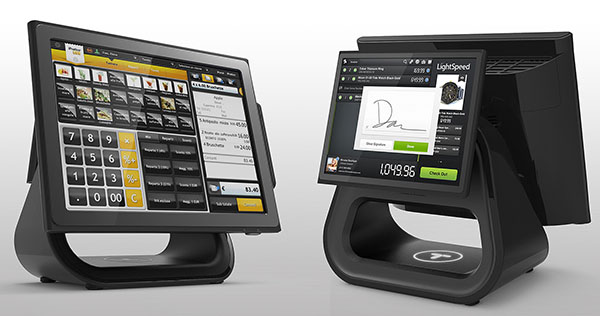
Considerations When Choosing a POS System
Cost: Balance upfront expenses (hardware) with subscription fees (software).
Scalability: Ensure the system grows with your business.
User-Friendliness: Intuitive interfaces reduce training time.
Compliance: Prioritize PCI-DSS certification for payment security.
Support: Opt for providers with reliable customer service.
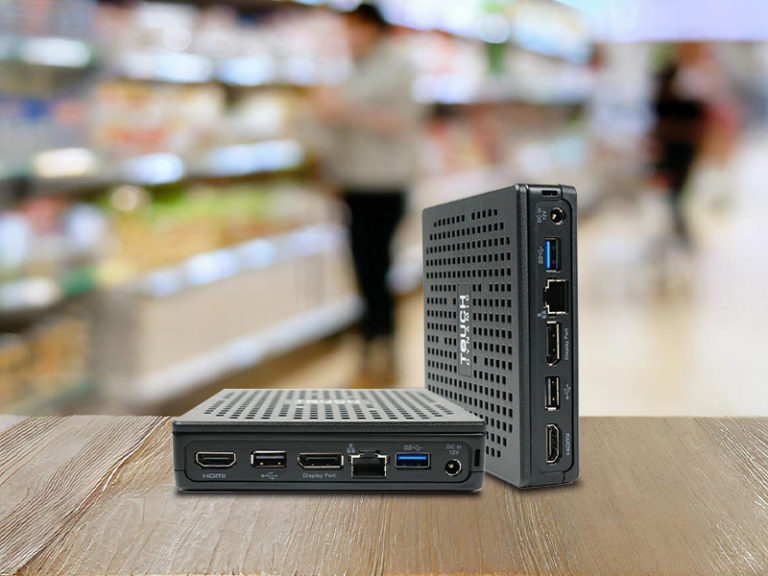
POS terminals have evolved from simple cash registers to dynamic tools driving business innovation. By streamlining operations, enhancing security, and providing actionable insights, they empower businesses to meet evolving consumer demands. As technology advances, POS systems will continue to shape the future of commerce, integrating AI, blockchain, and sustainable practices. For businesses aiming to thrive, investing in the right POS terminal is not just a choice—it’s a strategic imperative.
This comprehensive overview highlights how POS terminals are pivotal in bridging transactional efficiency with strategic growth; ensuring businesses remain competitive in an increasingly digital world.